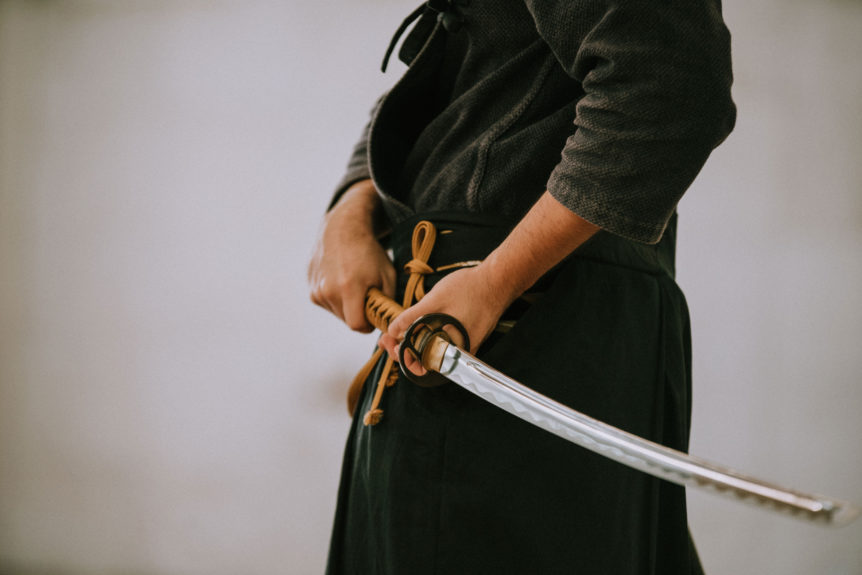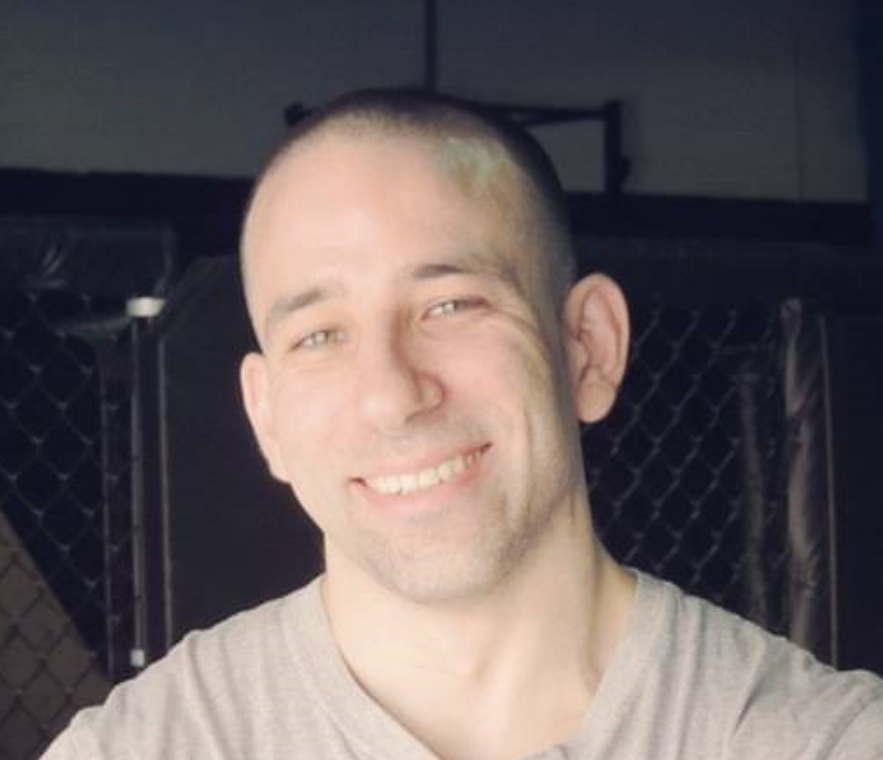Warrior’s methodology
Throughout history, society has always held a special place for its warriors. There is a certain allure about the bravery and chivalry required to selflessly charge into deadly situations in service to another. Every civilization has seen the manifestation of the warrior culture, and despite differing methods of self-expression, many underlying qualities and practises have withstood the test of time. Certainly not the least of which, is the testing of an individual’s will.
War is a contest of wills. Each side realizes it must impose itself with force and efficiency to overwhelm the other side in order to secure victory. An army’s ability to do this rests in the collective that is an aggregation of all its soldiers. The greater the motivation of each individual, the greater the collective will of the entire army. Because of this, entry into a unit that would serve in this capacity requires potential candidates to demonstrate unwavering desire. Warriors must prove that this is what they want to do, and will do whatever is necessary to be successful. Often, evaluators will view themselves as the gatekeepers of their community, and want to ensure that only qualified individuals are accepted. In medieval Europe, knighthood was a social class unto itself. Members of noble families could be initiated as knights without ever having seen the horror of combat. Even then it was understood that while a man may have ceremonially become a knight, having never seen combat precluded him from being taken seriously by those who had. Being a warrior requires courage, resilience, discipline and self-confidence. It requires understanding that service is a noble endeavour, one that is self-less and for which qualifications are earned. A knight in shining armour is one whose armour has never been tested.
“The guys who were the forefathers, they’re going out to clear a beach, and the guys who went out before them didn’t come back….and so now these guys are putting up their hand and saying ‘I’ll still go!’ That’s the kind of people that are still coming in to the SEAL community”
– Jeff Bramstedt, former Navy SEAL
Consider the modern combat elite. Navy SEALs, Army Special Forces and Marine Raiders of the United States. Special Air Service and Special Boat Service of Britain, Kommando Spezialkräfte of Germany. Joint Task Force 2 and CSOR of Canada. JW GROM of Poland. Entry into these coveted organizations begins with vetting potential members by testing their ability to apply will. Candidates are subjected to different forms of stimulus all intended to put them under stress. They will be yelled at, their performance harshly and unfairly critiqued, made to hold stress positions, endure vertigo and tight spaces, have food and sleep limited and much more. When viewed by the standards of civilized society these methods would appear like random harassment with no discernable point other than to berate. In reality, these methods are very carefully planned, scripted and choreographed. Observation of the candidates is meticulously maintained, with medical personnel always available. The intention is to make the candidates question their own desire to endure such hell for the possibility to serve. Warrior culture recognizes that a dishonour by one is a dishonour for all and that only the most committed should be inducted.
Over time, the stress stimulus is dialled up more and more as candidates continue to be observed. The point is to see how an individual copes as they reach their limits. Everyone has limits, no one is unbreakable. The option to leave is always present. Sooner or later, many will acquiesce to the notion that what is being asked of them is not worth it. What follows is the decision that ‘this isn’t for me’. In the intense moment of being cold, wet, miserable, sleep deprived and hungry, coupled with the uncertainty of not knowing when it will end, one can withdraw at any moment. Free to get a hot shower, a good meal and crawl into warm bed. This is why units such as these boast a rate of failure as high as 85%.
Will rests in the choice
The intention is not to break people down, but rather build them up. It is to discover the individuals who even in the face of insurmountable hardship will give the best effort they can. Those that possess the qualities that can act as the foundation for a warrior to be built. Maintaining focus through this chaos leads to being taught follow on skills. They will gain the expertise, traditions and tactics that their particular warrior lineage has to offer. But first comes their respective rites of passage in which true warriors will face their own ego, in the darkness such chaos creates. In such intense and dark moments it is easy to give up what one has always wanted for what they want in exactly that moment. They will ask the question “do I really want to do this?” and authentically and freely conclude, “yes!”
The collective will of a group of individuals whose desire is strong enough to endure such pain is the archetype of what the warrior has always been. The commitment to one’s principals is then the root of the reverence that all of society has paid to this culture. To be known as a warrior implies the presence of all these qualities. It implies a person’s obtrusive refusal to give up, and maintain in good standing all that he or she values. It implies personal discomfort is considered an annoyance, not a deterrent. It implies understanding that to contribute to a worthwhile and noble cause is reward unto itself. It implies that defense of the vulnerable is an undeniable and sacred duty.
But a warrior culture is not for everyone. Many in society, while desiring the glory of the title, don’t understand the price that must be paid. People may be ok with being uncomfortable, but not that uncomfortable. They want to grow, but only so much. Standards in warrior culture are set high for exactly that purpose, for it is not always about physical battle. Warriors can be those who are simply averse to allow injustice to continue. To allow lies to be told as truth. Warriors are those who are willing to challenge a narrative that is popular, but false. In other words, warriors are people who strive to do things too difficult for the common person. As a result they must be equipped to engage, let alone succeed, in what is often a monumental tasking. Warriors don’t seek the approval of a crowd, they’ll stand alone. If they do stand with others, it is only with others they can hold in high esteem. Warriors are willing to recognize their own short comings, so as not bring dishonour onto themselves. Warriors commit, but don’t attach. They’re always prepared to fight, but not always eager to. They are hard, but only when necessary. Warriors have compassion, but are decisively prepared to strike.
Warrior is a title that should not be used lightly. There’s nothing light about it. It carries a responsibility not everyone wants. That is why it’s a credential that is earned through hardship, thought, prayer and ritual. A warrior, like a sword, is forged in fire with many strikes from a hammer.


